Imagine a world where you could put your properties like your house, intellectual property, or even money on the blockchain. Or a world where it’s also possible to trade these assets and make more money from them. Well, you don’t have to imagine anymore because RWA Tokenization (Real-world asset tokenization) makes all these happen.
With RWA tokenization, you can convert a range of physical and conventional financial assets to tokens to store and manage on a blockchain. This article explores how RWA assets work and their various use cases in the cryptocurrency world.
What is Real-World Asset Tokenization?
RWA tokenization is the process of converting real-world assets (like real estate, art, commodities, or even intellectual property) into digital tokens on a blockchain.
These tokens have underlying assets owned by users, and their values are usually determined by these assets. However, in some cases, the value of RWA Real world assets may not matter much. That’s because other factors like demand and supply may influence the token’s value on the blockchain.
Nonetheless, an RWA asset token represents ownership rights to the connected asset, allowing users to own assets that were previously difficult to access or trade and trade them successfully on the blockchain.
Since non-fungible tokens (NFTs) can also tokenize assets and store them on blockchains, some may wonder how RWA tokenization is different. Simply put, RWA tokenization converts tangible items like real estate to tokens and represents their ownership, while NFTs represent ownership of non-tangible items like art and music.

How Does Real-World Asset Tokenization Work?
The process of converting physical assets to RWA tokens involves a couple of steps highlighted below:
Asset Identification and Valuation
The first thing to do is to identify and value the asset that’s to be converted to an RWA token. The value placed on it is often a reflection of its average price at the time. However, its inherent demand may also play a part in the final valuation.
For instance, if the asset to be tokenized is gold, you can easily value it based on the cost of gold at the time. However, if there’s a growing or imminent demand for gold soon, you may adjust the value to meet the current market realities.
Tokenization
After the asset’s value has been decided, the next step is to create a digital representation of the asset to determine its ownership rights and other qualities. Once this is done, the predetermined value is broken down into bits, creating multiple fractions of the underlying asset.
It’s the fractional units that are then converted into digital assets that can be listed on blockchains. That means anyone who purchases a fraction of the bigger asset has a stake in it. For instance, if you want to tokenize a home worth $500,000, you can break it down into 2,000 tokens worth $250 each.
Smart Contract Launch/Token Issuance
Next is to create a smart contract on a supported blockchain to manage the token’s trading activities. Smart contracts automate the process, allowing for seamless asset transfers. It determines factors like the number of issued tokens, their unit values, and the rules for trading and ownership transfer.
Some smart contracts also include associated rights that token holders may have, such as dividends from the real-world asset’s sales or rental income.
Asset Management
After the smart contract distributes the tokens to investors, they can trade them on supported digital asset platforms or hodl them for potential gains.

Benefits and Use Cases of RWA Tokenization
Besides storing information about an underlying asset. Here are some advantages of RWA assets to investors:
Better Investment Accessibility
RWA tokenization is decentralized, allowing anyone to invest in assets of their choice. Moreover, these investments are fractional, so there’s a low barrier to entry for investors. For instance, instead of raising funds to buy a new house, you can own a fraction of its RWA token.
Improved Liquidity
Physical assets like a house are inherently fixed. That’s why making money from them takes months or years. However, with RWA assets, they can be traded easily due to high liquidity from combined fractional ownerships.
Enhanced Security
RWA tokenization leverages blockchain technology to make ownership and transactions transparent and secure. So, investors can monitor ongoing activities and reduce the risk of fraud.

What Drawbacks Should You Know About RWA Tokenization?
Here are some challenges of RWA tokenization to be wary of:
Deep Learning Curve
Tokenizing assets requires strong technical skills. So, unless you’re adept at using blockchain technology and smart contract development, you are likely to struggle with the process.
Regulatory Challenges
The concept of RWA tokenization is still relatively new, and like with the broader crypto industry, regulation remains a challenge. As of the time of writing, there are no clear regulations for asset tokenization in many parts of the US.
Conclusion
RWA tokenization creates a decentralized and unique way to own and invest in tangible items using blockchain technology. Once you own a token representing an asset, you automatically own a share of it.
However, before tokenizing your assets, you must understand the regulations around it in your locale. Your best bet is to work alongside an attorney or a financial expert.
Store Digital Assets Securely With Zypto
Whether you are purchasing popular cryptocurrencies like Bitcoin and Ethereum or opting for real-world asset tokens like RealT (Real Estate Token), finding a crypto wallet for secure storage is crucial.
Interestingly, the Zypto DeFi wallet supports thousands of digital assets that you can manage, store, and trade in one place. Visit the Zypto Crypto App page for more information.
Have you ever heard of real-world asset tokens or traded them in the past? If not, what new things have you learned from this blog post? Share your comments below.

FAQs
How does RWA tokenization work?
RWA tokenization converts valuable assets to cryptocurrency tokens that can be stored or traded on blockchains. These tokens are fractions of the asset’s real value.
What is an example of real-world asset tokenization?
Different examples of RWA tokenization exist. Examples include tZERO (Real Estate Token), Digix (Gold-Backed Token), and RealT (Real Estate Token).
Why are banks considering real-world asset tokenization?
Banks and other financial institutions are looking at RWA tokenization because it eliminates middlemen and makes transactions cheaper and faster. Moreover, it is more secure because it runs on blockchains.

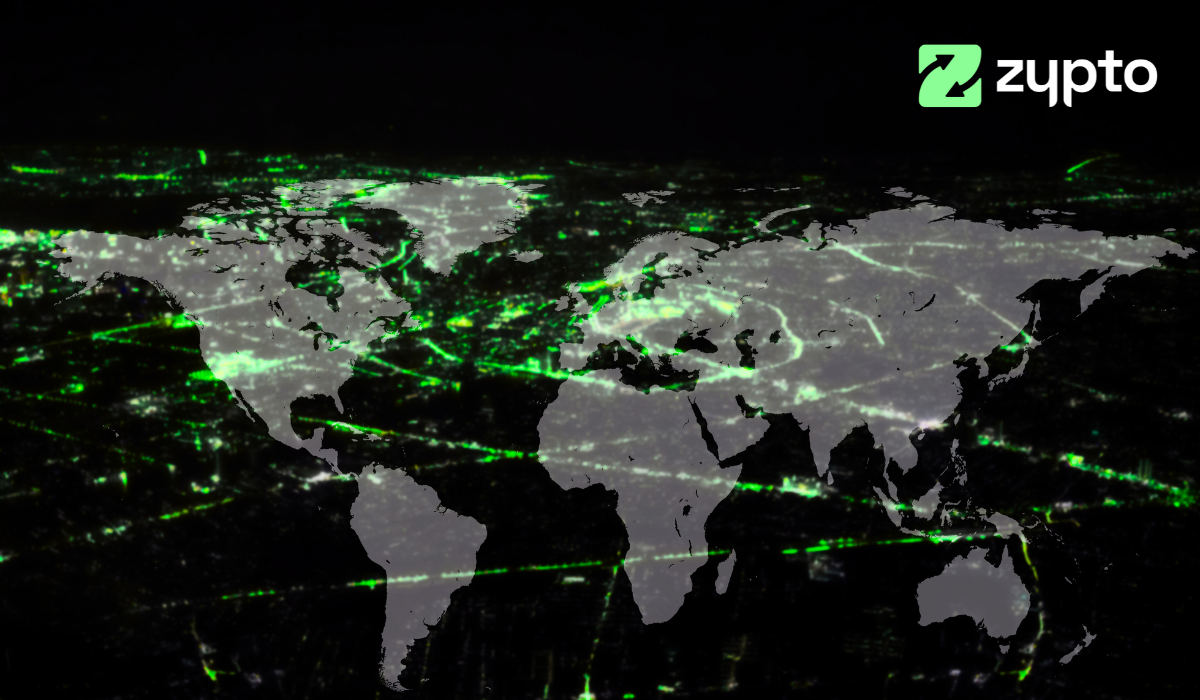
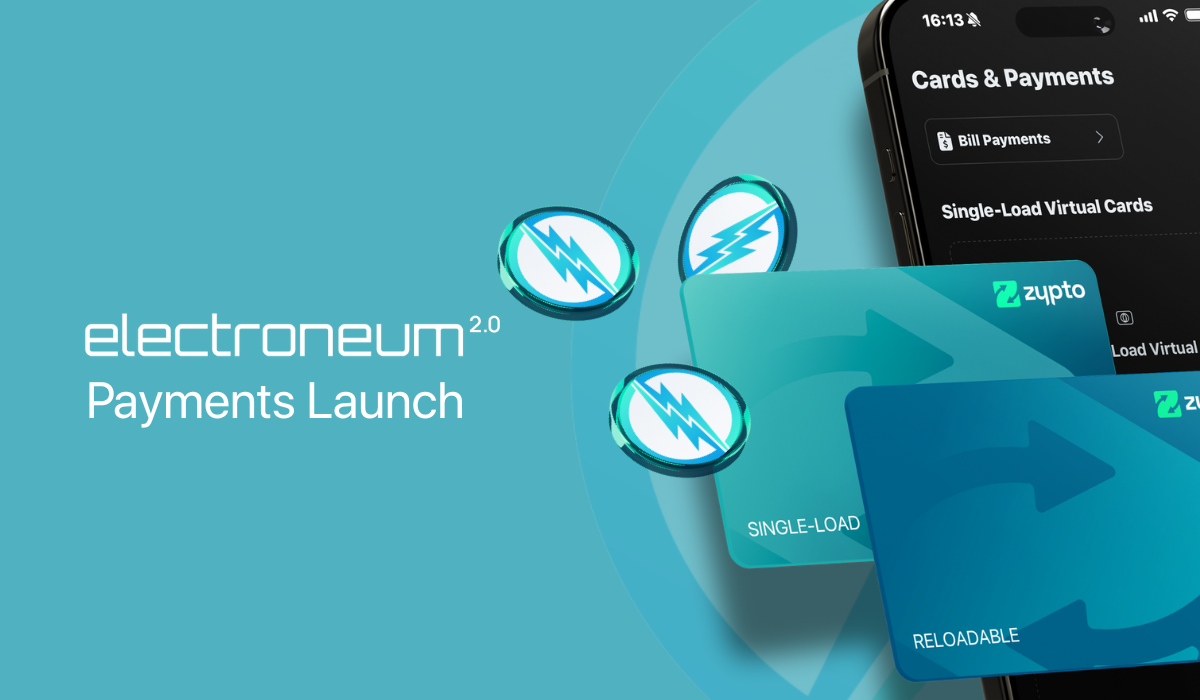
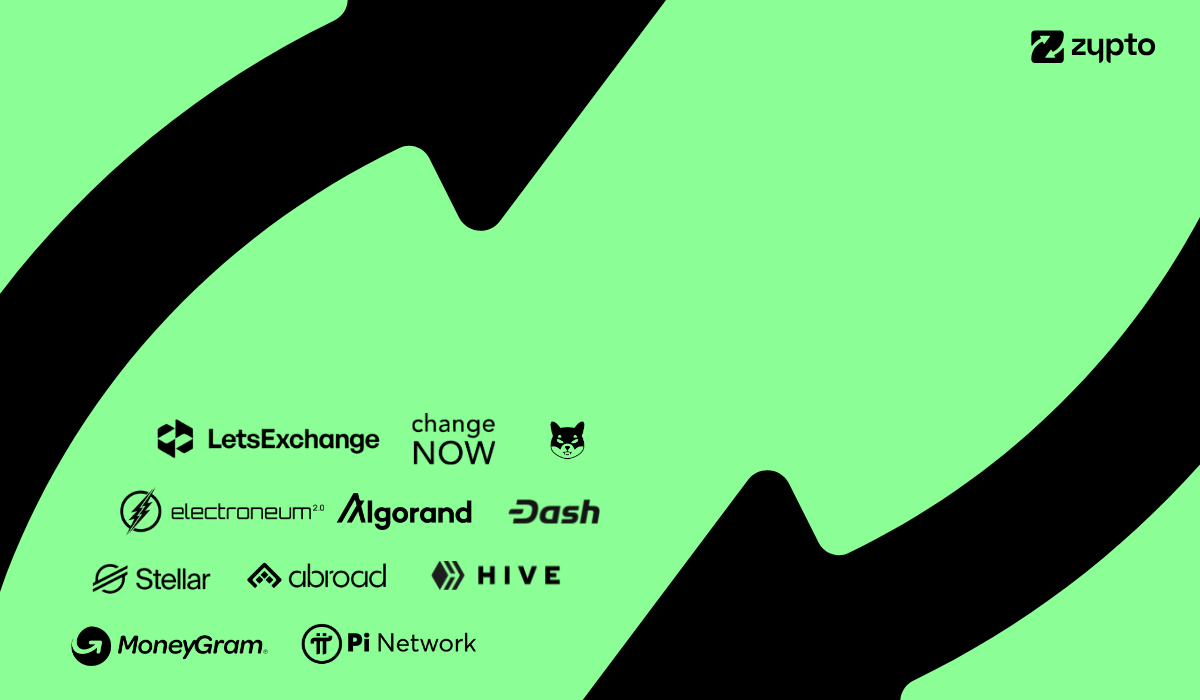
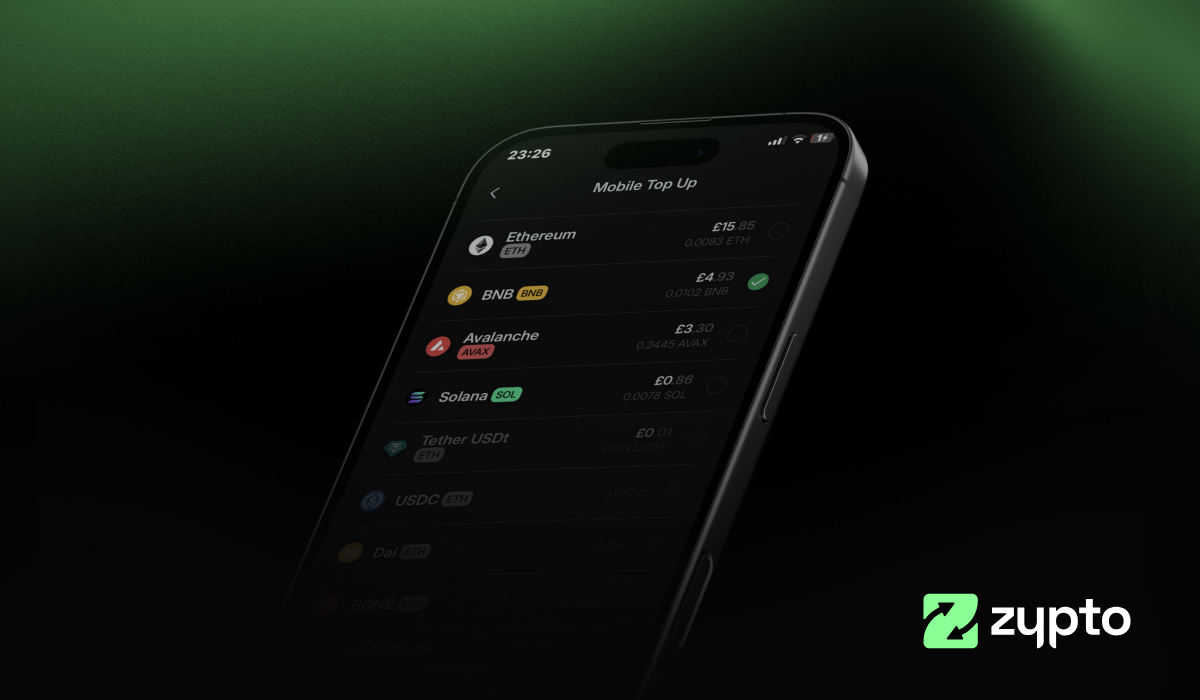
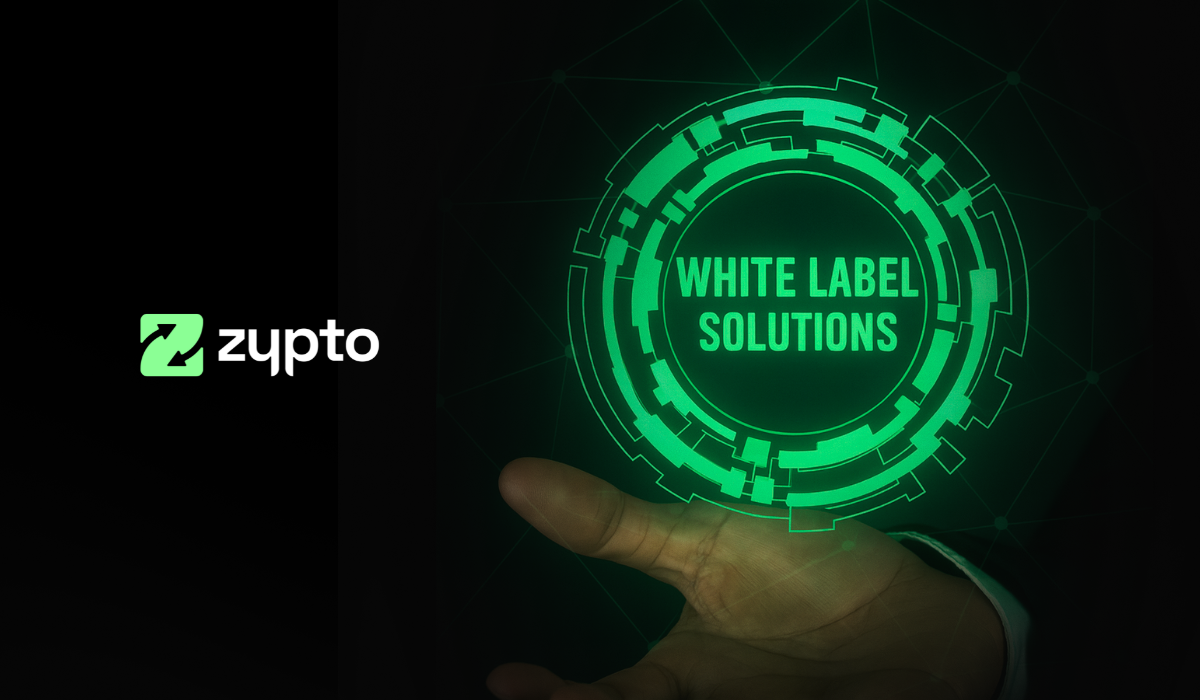
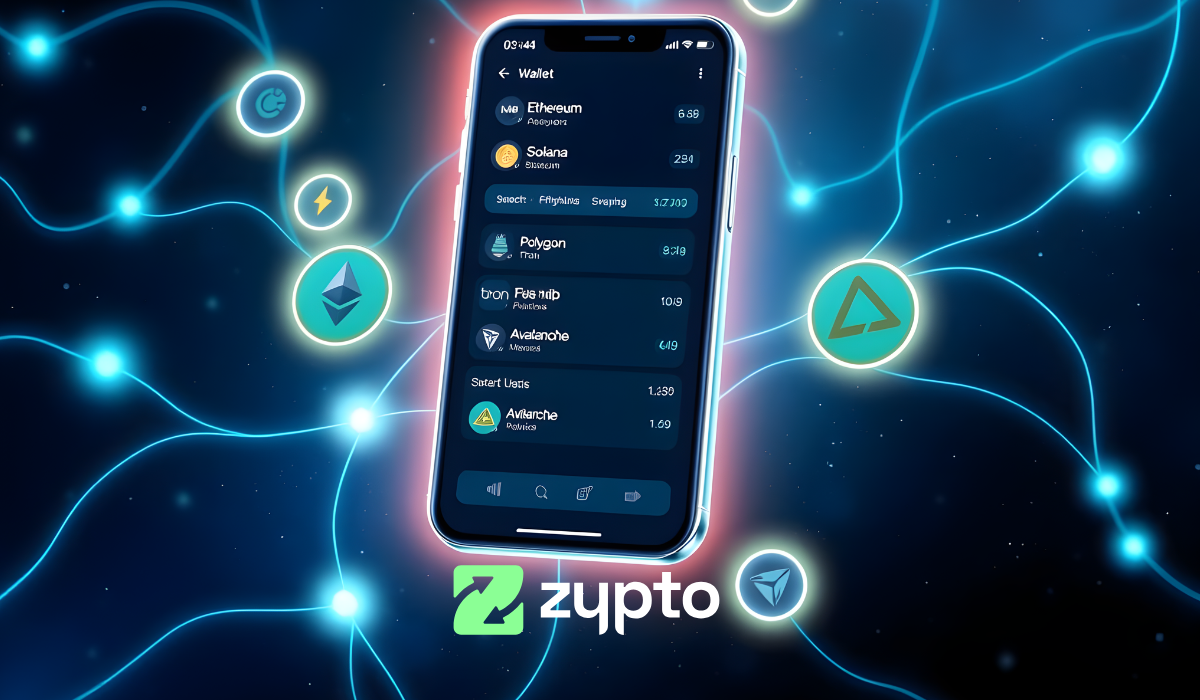

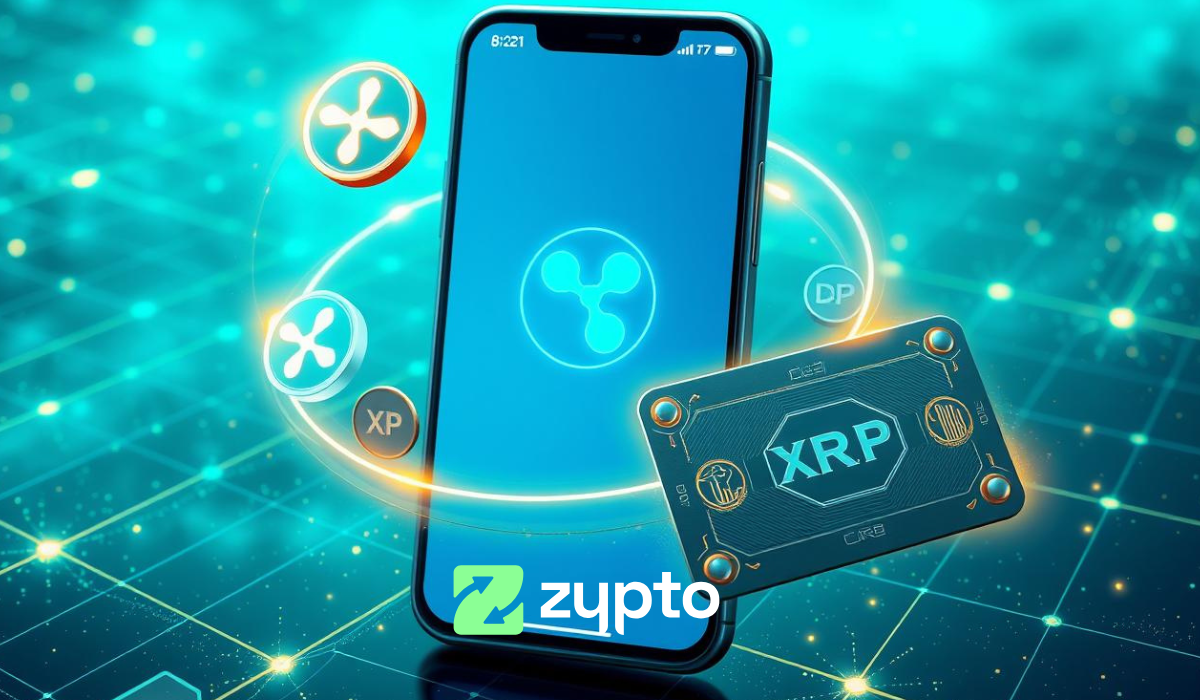
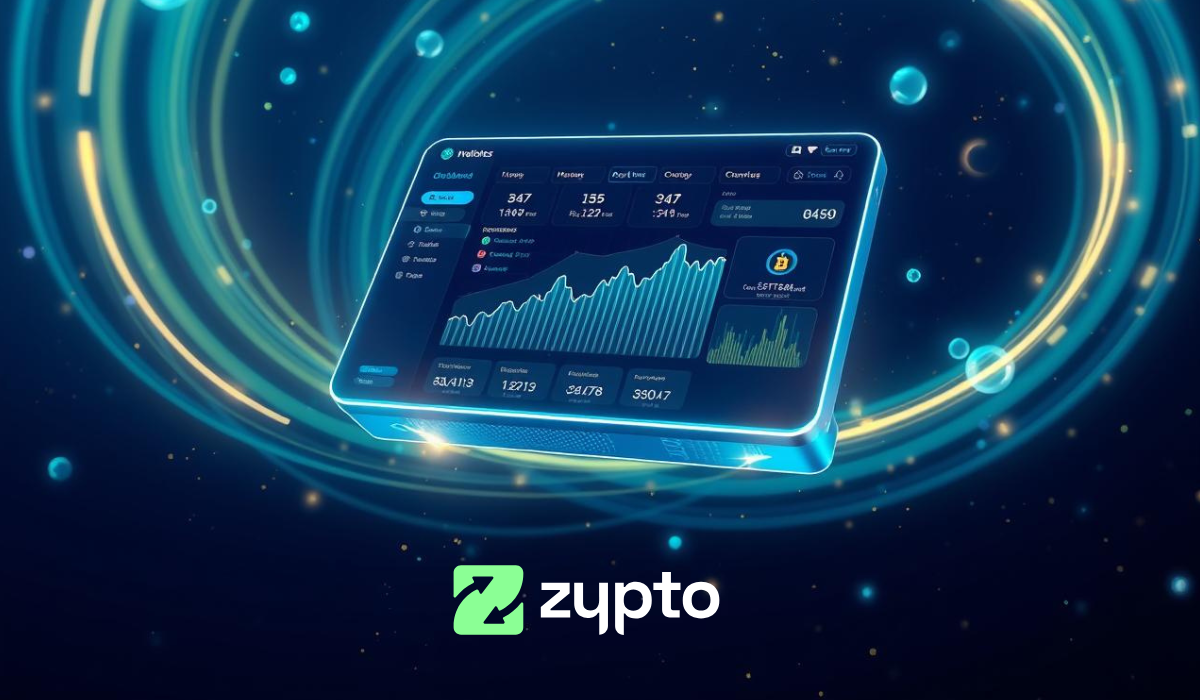
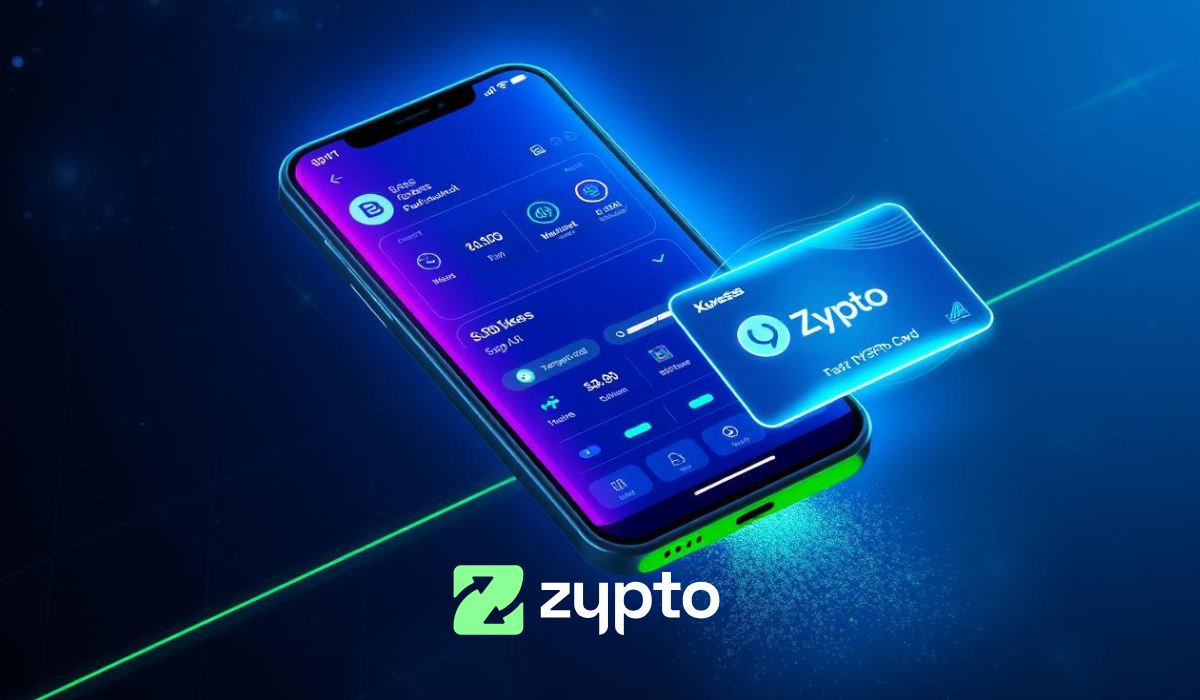

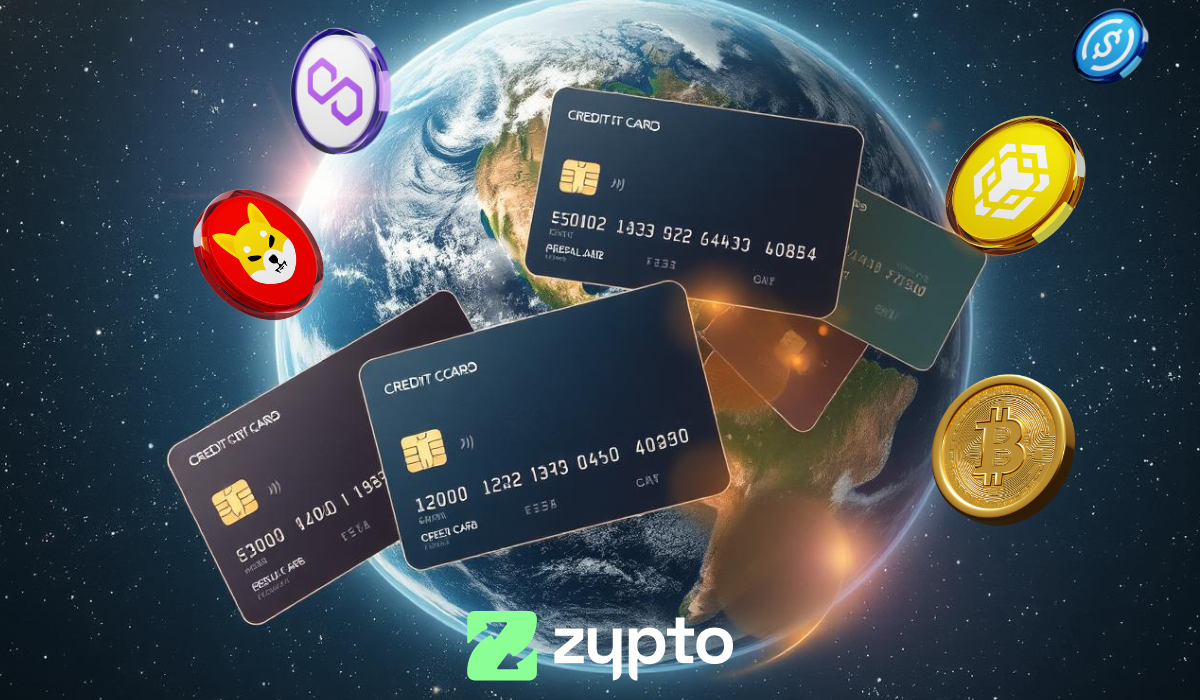

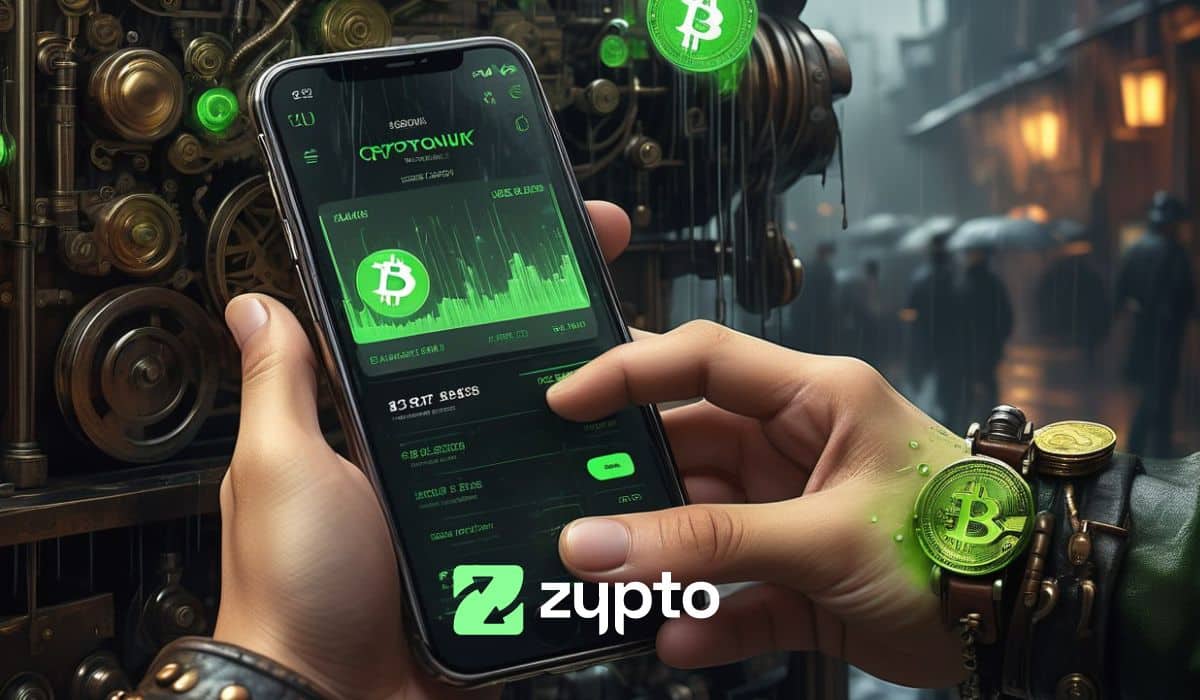
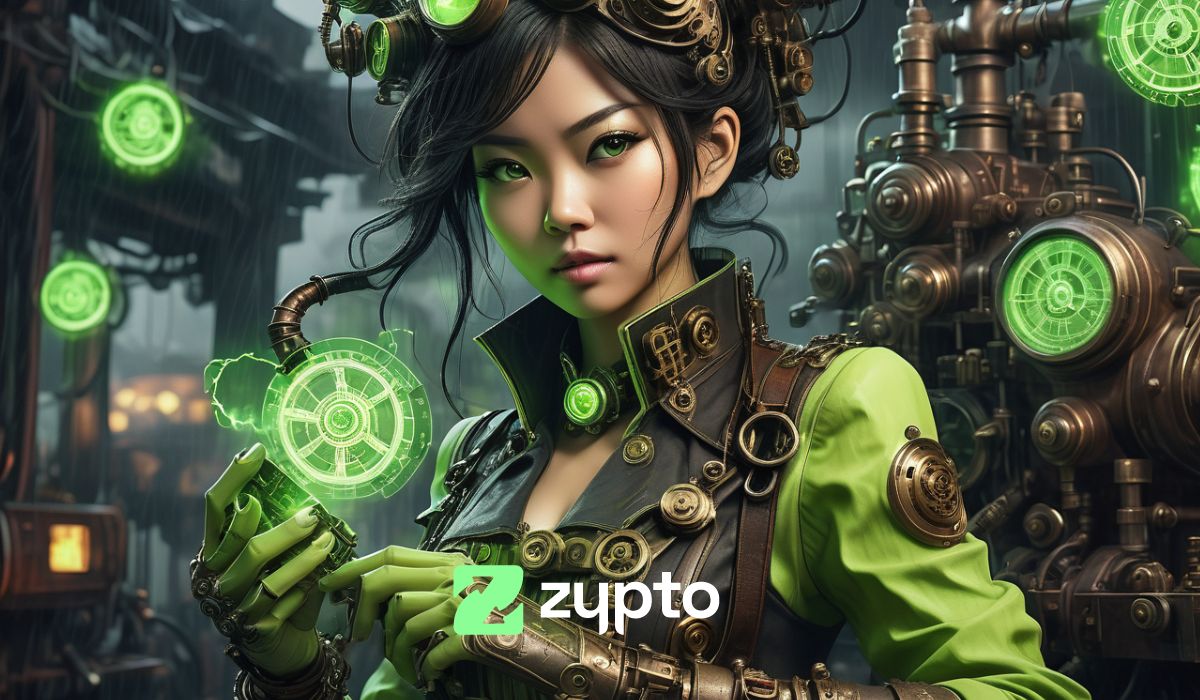

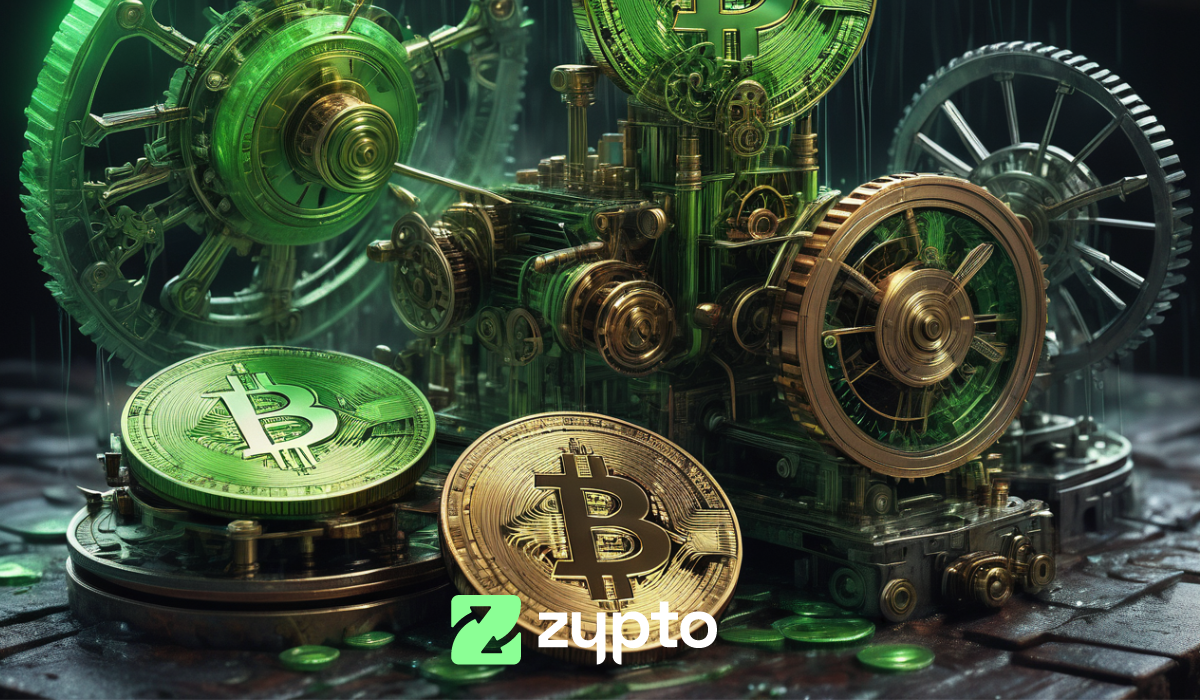


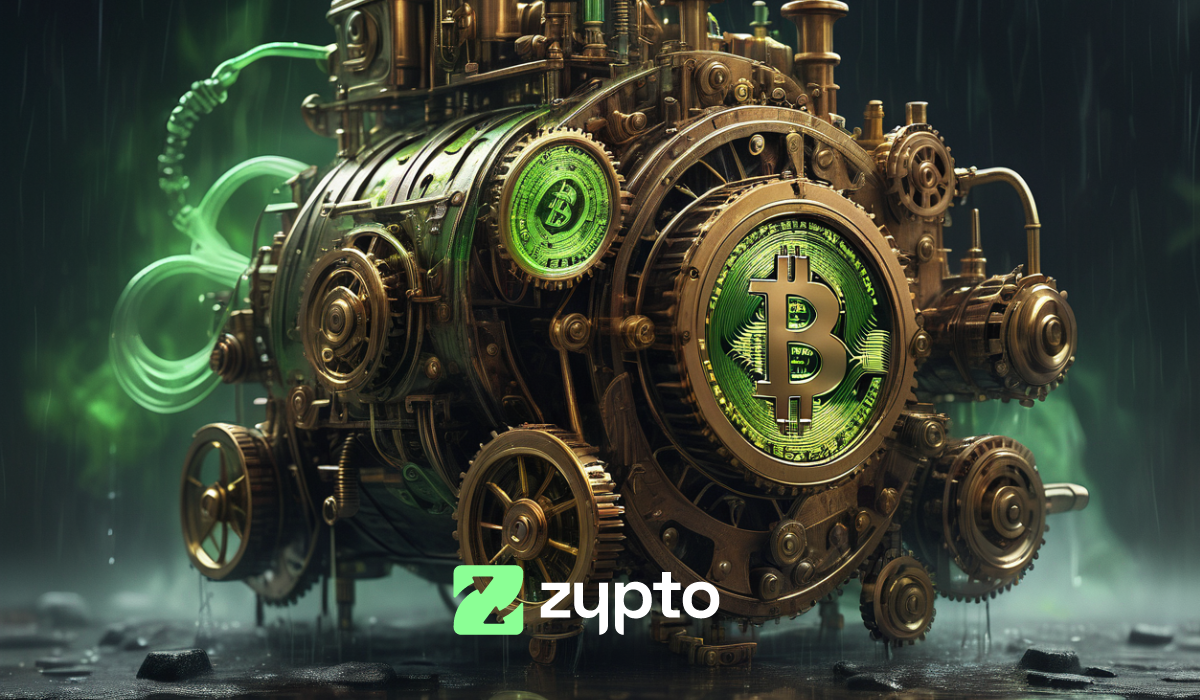

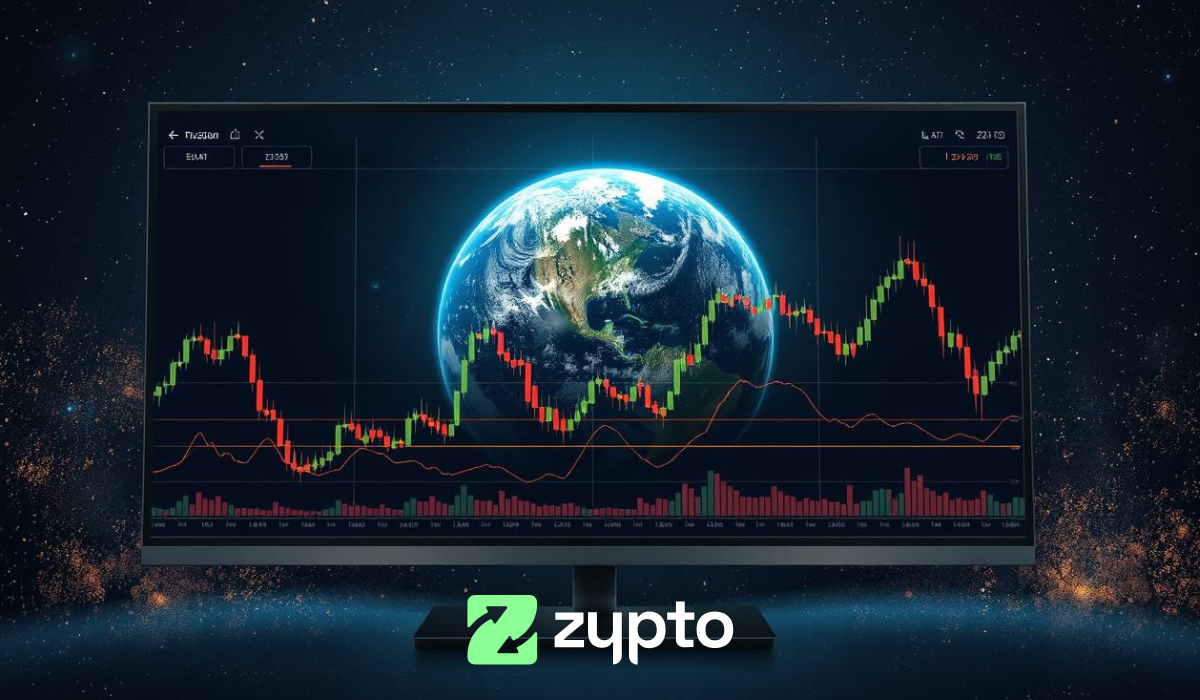


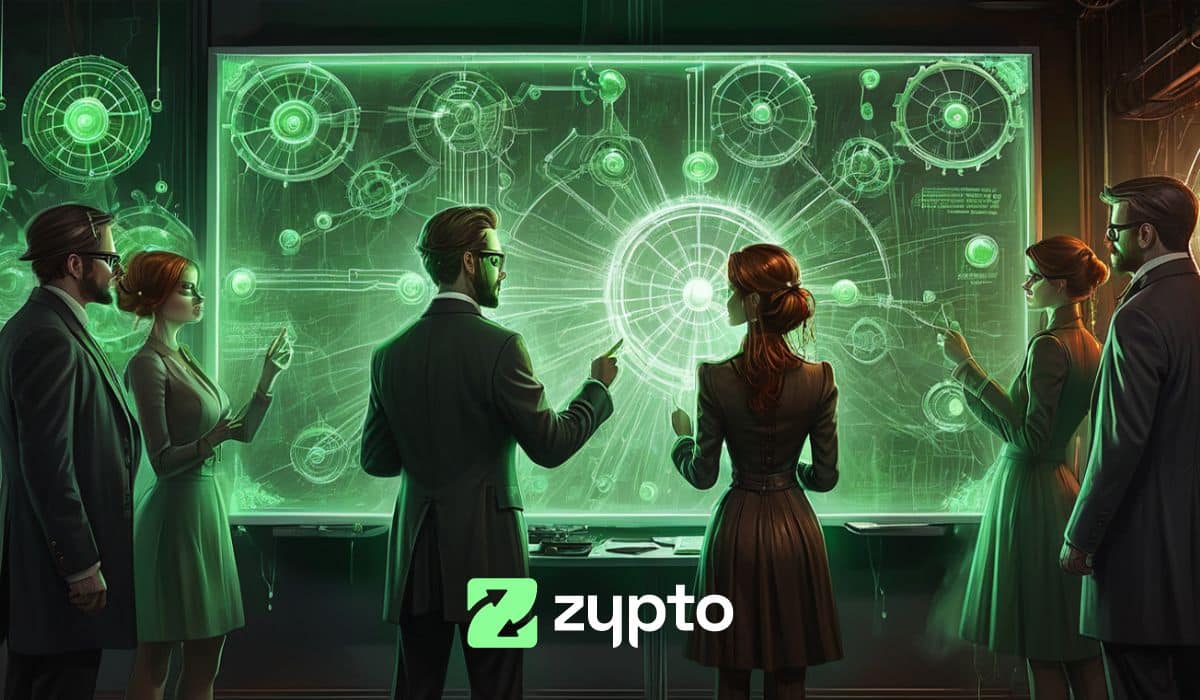
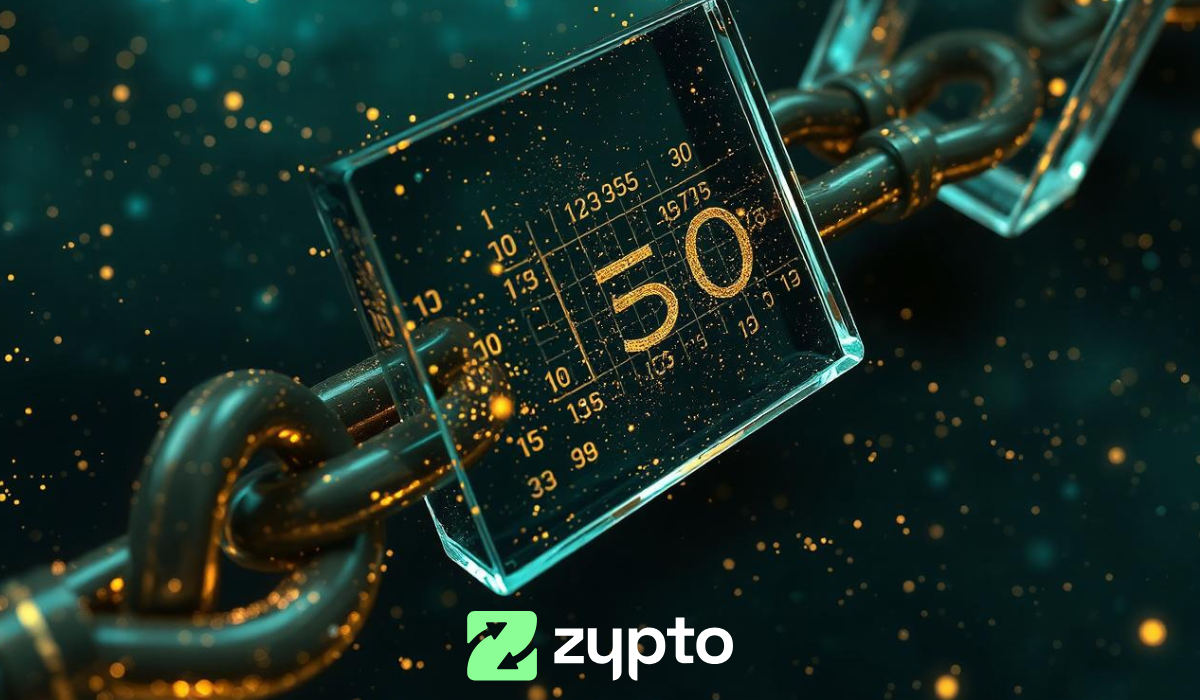
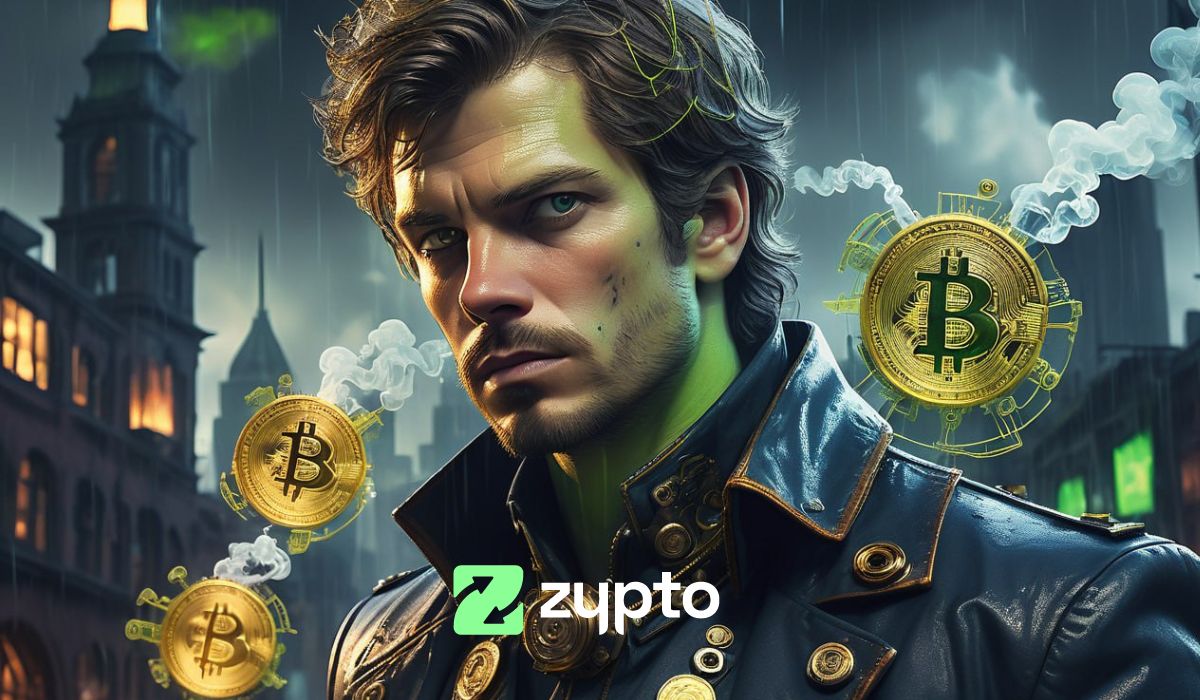
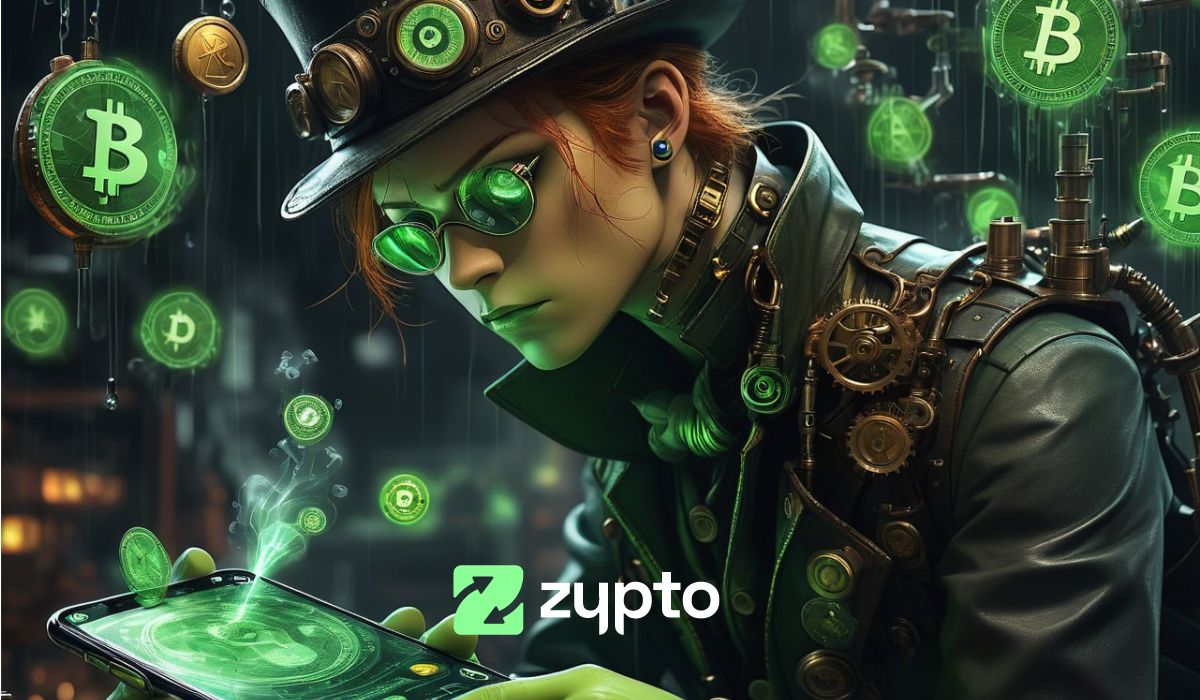
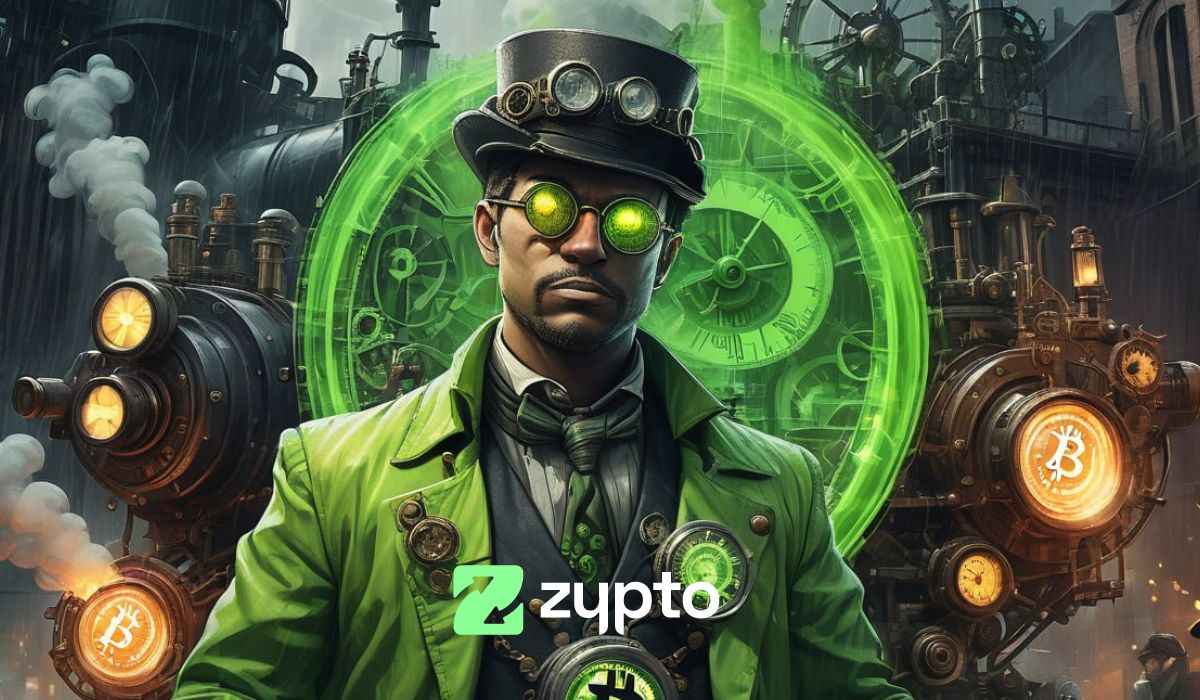
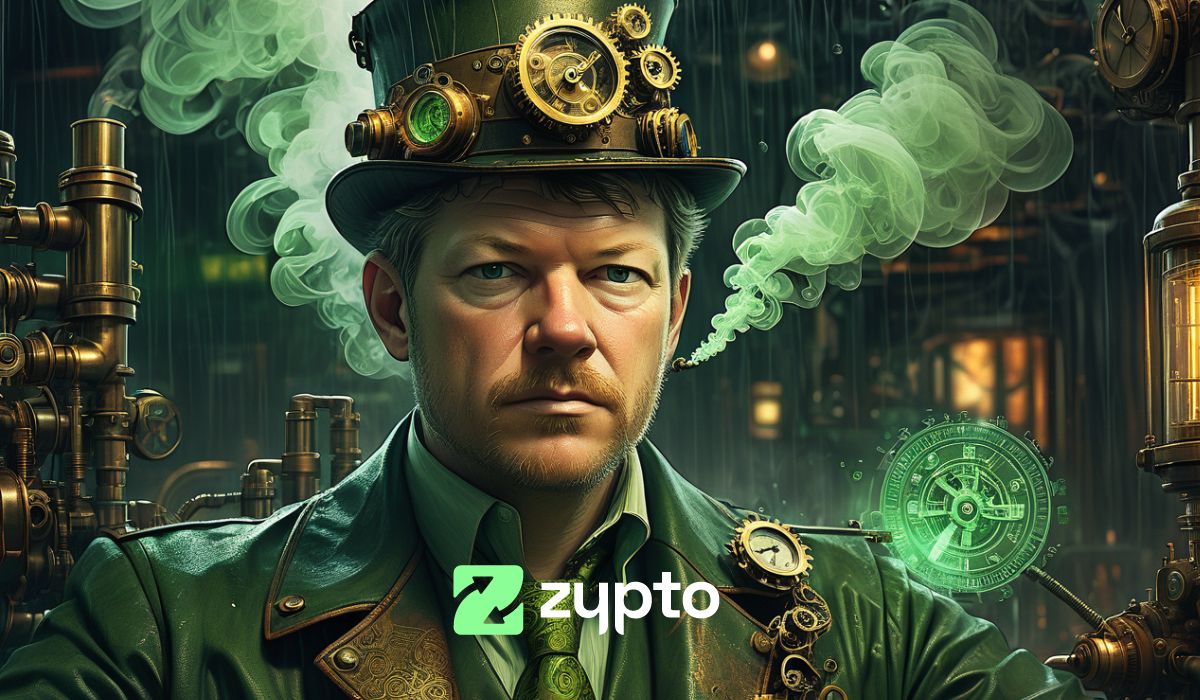

0 Comments